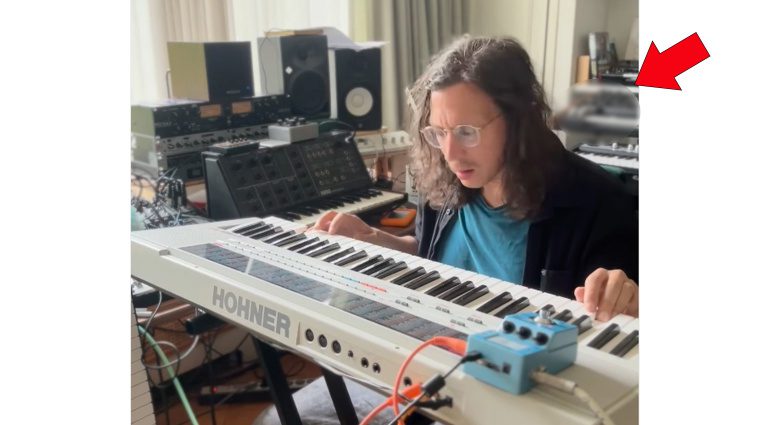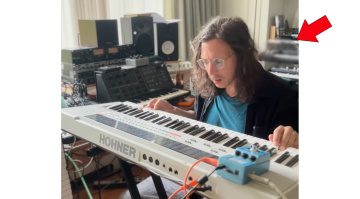Legowelt accidentally reveals his Moog Muse, Sonic Seed releases the weird and wild Seofon, AJH Synth The RadioPhonic sound examples and more in this week’s Synth Journal!
Legowelt’s Moog Muse
It’s no secret that Danny Wolfers aka Legowelt loves synthesizers. His Instagram account is worth following just for glimpses of his incredible studio – and of course for the great music. A recent upload, however, revealed maybe more than he originally intended – a Moog Muse!
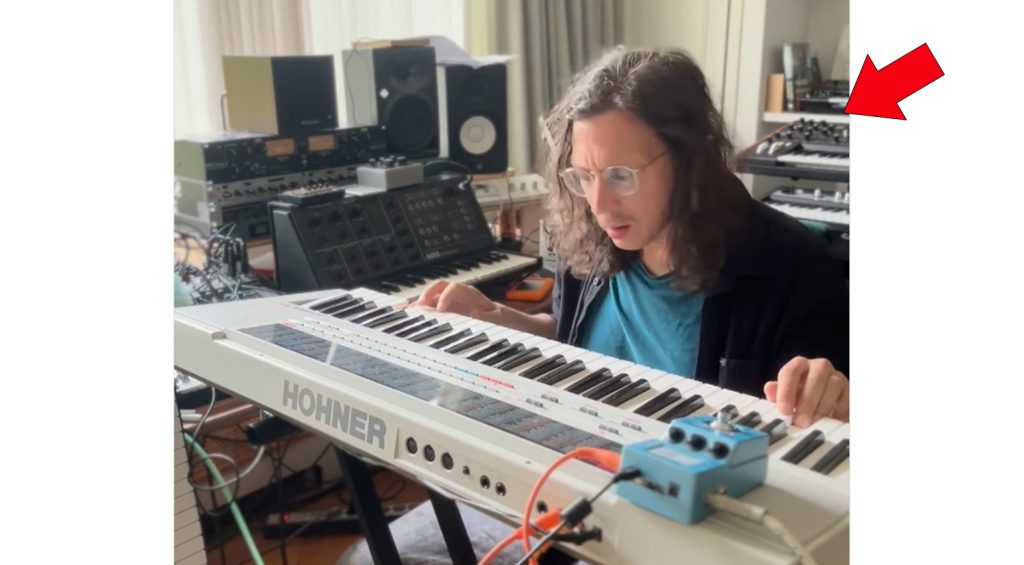
In a post showing off a Hohner PSK55, a few eagle-eyed viewers recognized that yet-to-be-released synthesizer in the background.
“Is that the Moog Muse peaking right behind you?” asked one.
Another inquired, “When are you going to talk about the mystery Moog synthesizer in the back?”
To which Mr. Wolfers replied, “Ha no people want to hear about German schlager keyboards not mystery Moogs.”
The company has made no official announcements about the supposedly eight-voice polyphonic Moog Muse. We’ve covered some of the leaks of the Moog Muse before. This latest just adds to the mystery.
As for the Hohner, Legowelt had this to say: “A cheap thrift store find, this is the weird German version of the Japanese CASIO CT 650(???) and has some nice warm tones that hit the musical sweet spot quite efficient..”
Shouting schlager, schlager, schlager…
Mad Kids Empire Seofon
From schlager to Seofon. The Seofon from new Chinese synth outfit Mad Kids Empire is a self-contained experimental modular synth that looks a bit like a charcuterie from an alien planet. It sounds like it too, producing “a sound that sounds like a water droplet, or perhaps the next moment it will be generating a noise as intense as sawing wood,” according to the product page.
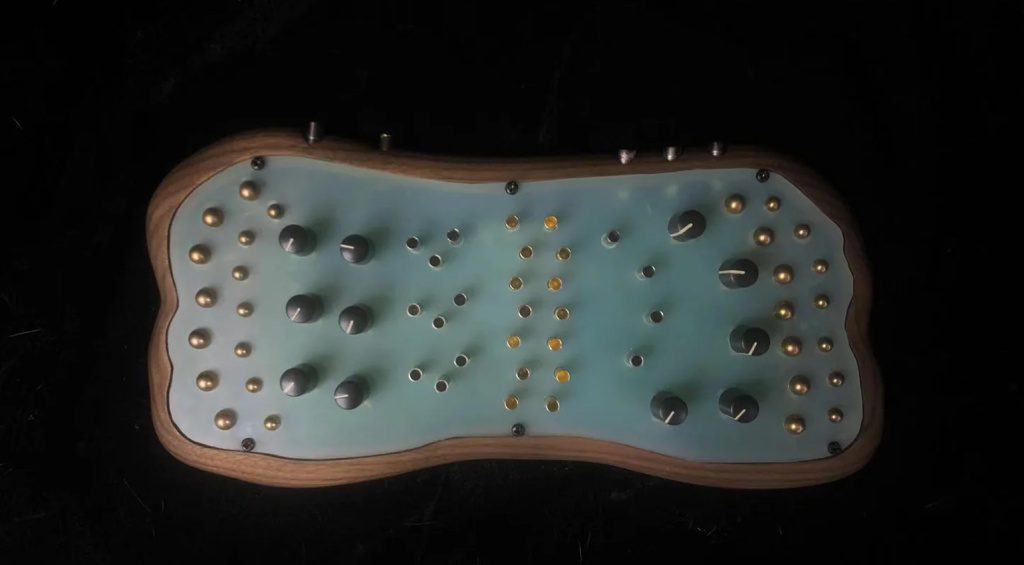
It features an organic noise generation circuit consisting of seven nodes (the name means seven kids) plus three pulse oscillators to adjust the pulse width of each set as well as positive and negative phase outputs. All sounds originate from the interference and extraction of noise signals from the seven sets of nodes, according to the teext.
The Seofon is now available for preorder for $479 from Sonic Seed. It’s available in green or yellow.
AJH Synth The RadioPhonic
Back in May, we told you about The RadioPhonic, a bespoke Eurorack instrument from AJH Synth. Designed to feature in Hans Zimmer’s resurrection of the BBC Radiophonic Workshop at Maida Vale Studio, which he bought last year, it’s a custom-built behemoth with a wooden case that recalls the EMS VCS-3.
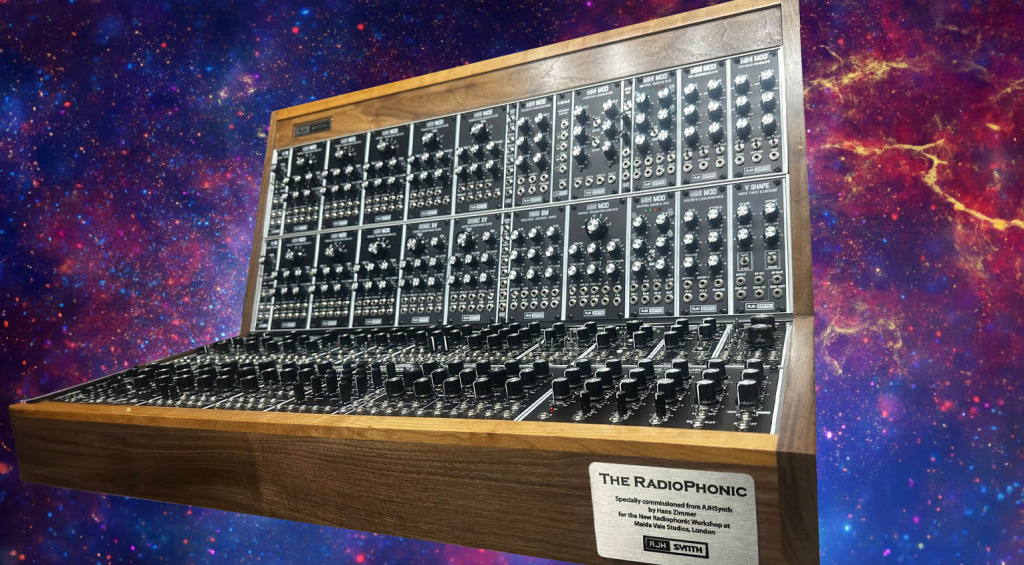
The RadioPhonic features an impressive 48 modules, including seven MiniMod VCOs, two MiniMod Transistor Ladder Filters, two Sonic XV Ladder Filter/Wavefolder modules, the Oberheim-inspired Gemini 2412 Dual VCF and the FFB914 Fixed Filter Bank. There are also numerous LFOs, envelopes, VCAs, effects, and more. Anything and everything you might need, essentially.
AJH Synth recently released a video of the RadioPhonic in action and it sounds absolutely massive. Listen below.
The RadioPhonic is now available to pre-order at AJH Synths. If you happen to have a spare GBP 15,000 lying around, that is.
Koma Elektronik Chromaplane
In my last Synth Journal, I mentioned Chromaplane, an instrument that lets you play electromagnetic fields. Maker Koma Elektronik has teased a Kickstarter for the Chromaplane, although the company has yet to announce a campaign date. Sign up on the page to be the first to know when it goes live.
Erica Synths Studio Residency
Erica Synths has announced that it is now accepting applications for residencies at its in-house studio. “The residency studio has now become the home for a vast array of music instruments built and collected over the decade, since the start of Erica Synths operation,” the company says on its studio website.
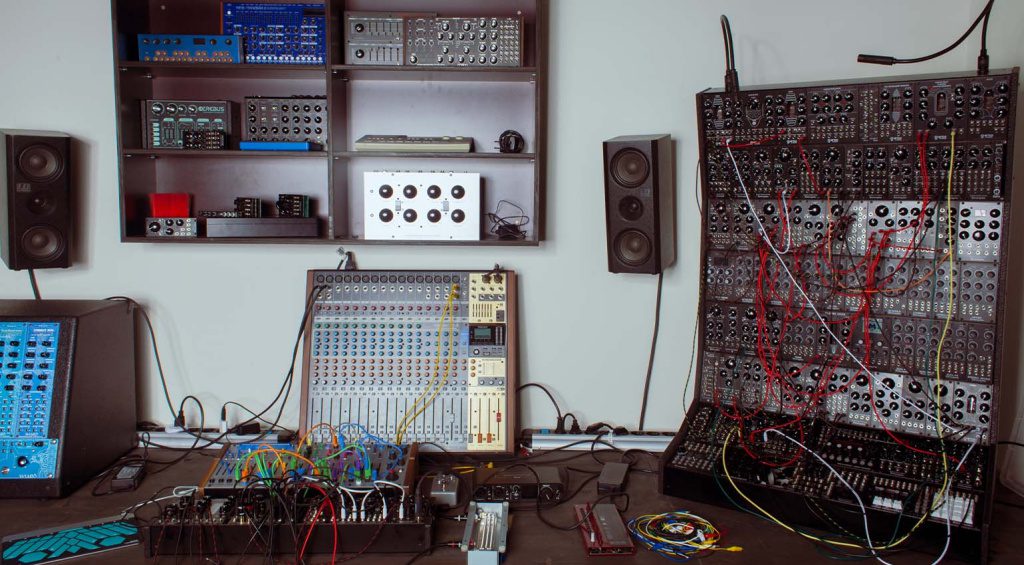
The residency is not funded but it does grant the recipient access to the studio for a week – and that doesn’t seem nearly long enough. You can see the full gear list on the site but some highlights include a number of full Erica Synths modular systems (as you’d expect), a Buchla 100 and 200, a Serge, an insane amount of keyboard synths including a Roland Juno-106, Novation Summit, Steiner-Connolly Synthacon, tons of drum machines and samplers and more.
If you’d like to apply, contact Erica Synths (via the Support Page) with a short motivation letter, a portfolio of past work and a proposal for the project or idea you wish to do during the residency. If accepted, you’ll be able to access the on-site performance space to showcase the work that you created during the residency.
Deadmau5’s Massive Eurorack
Deadmau5 may not like listening to electronic music but it seems that he does like making it. He recently posted a photo to his Facebook page of a massive, three-panel Eurorack modular rig with the caption “neat. tidy.”
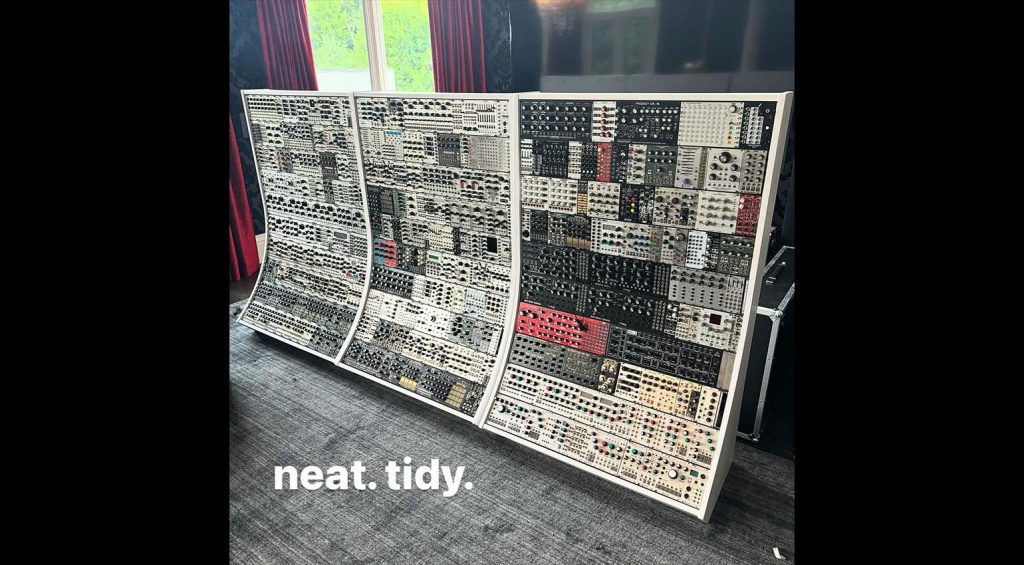
“Well, I can’t feel my fingers anymore but it’s done!” Deadmau5 (real name Joel Zimmerman) said in the post. “What an epic collab with @noizzihardwood. This thing turned out perfect!”
The epic colab was done with Noizzi Hardwood, an Atlanta-based woodworker who made the case.
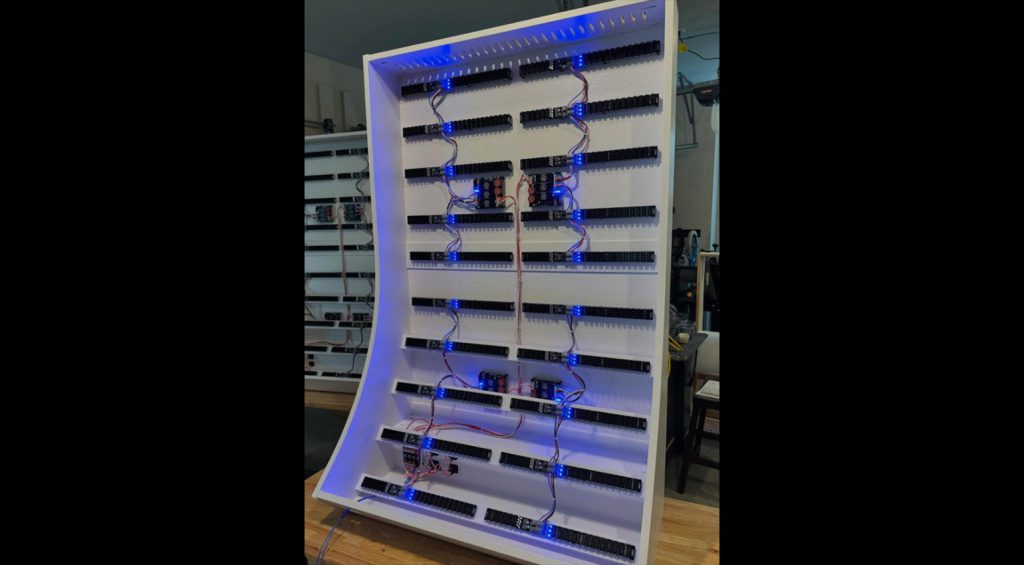
The post almost immediately went viral, with many snickering that it was certainly neat and tidy without cables – implying that Joel wouldn’t be using it very much. Whatever he does with his gear is his business but I’d guess that anyone that can afford that many Eurorack modules is making money somehow. And given that Deadmau5 is a musician, that’s probably from making music.
Creating the Perfect Kick Drum
Here’s one that’s a little different for Synth Journal. Usually, we talk about gear rather than actually making music, but (like Joel Zimmerman up there) the whole point of all this gear is to actually make tunes. For electronic music producers, things often come down to the kick drum – and crafting the perfect kick for your track can be a trying process.
In this video from Thomann Synthesizers, Jonas breaks down his three-tired approach to making kicks. First, analyze your track and decide what kind of kick you need. Second, create the kick. This may even involve layering. Third, mix the kick in the context of your track.
He offers some good advice and his examples are fairly unusual, such as using metallic sounds for the kick transient. I’ll definitely be trying that one out soon.
How do you make kicks? Let us know in the comments below.

